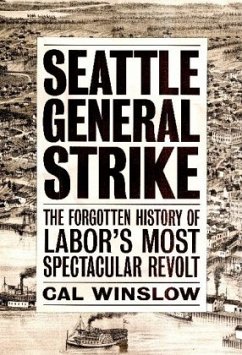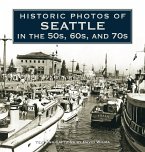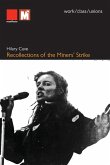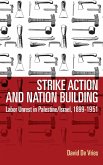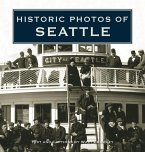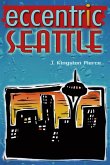One hundred years before the dystopian promise of Seattle's wish-fulfilment centres, the city seemed on the precipice of another future entirely. For five days in February 1919, the emerald city's working class struck across all trades and sectors; as production came to a stop, the real work began: committees were organised to feed the hungry, others to keep the peace and tend to the sick. To the terror of Western tycoons, it seemed as if a red star was flying over Seattle.
Cal Winslow retells this woefully forgotten story with fresh eyes. Drawn from original research, Winslow does justice to the leading role that women, black, and Japanese-immigrant workers played in the upsurge, just as he tells the multitudinous histories of resistance that were bound together by the act of the strike.
Cal Winslow retells this woefully forgotten story with fresh eyes. Drawn from original research, Winslow does justice to the leading role that women, black, and Japanese-immigrant workers played in the upsurge, just as he tells the multitudinous histories of resistance that were bound together by the act of the strike.

